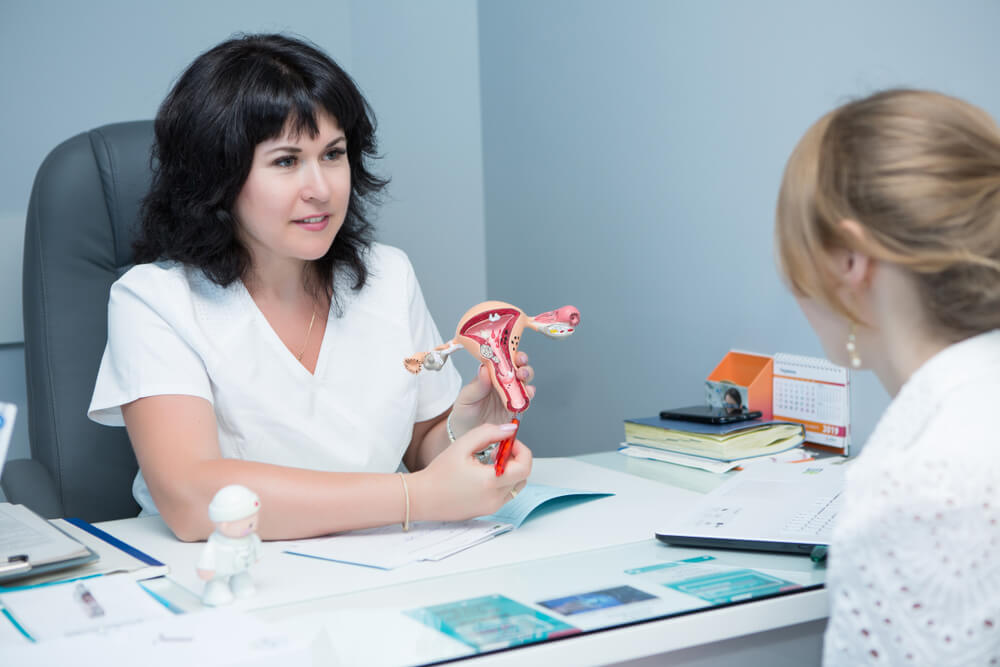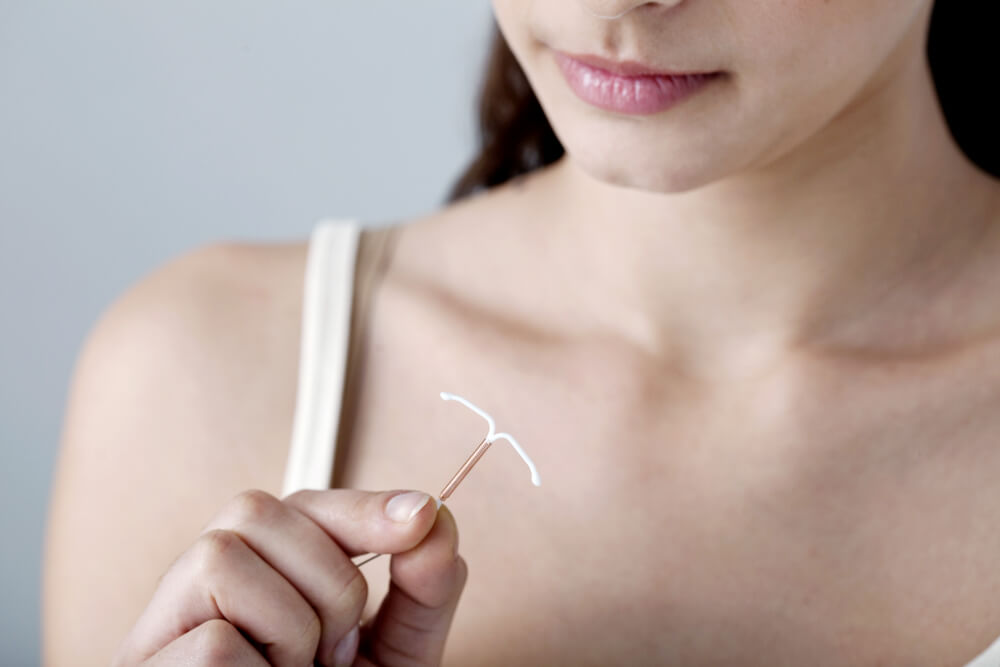Disclaimer: Please note that this blog is for educational purposes only, it includes general information on health-related topics. Women’s Healthcare of Boca Raton is giving medical advice to Patients Only. Follow this link to request an appointment with Dr. Ellman.
When the time comes for you to have your IUD removed, it is normal to feel apprehensive. The placement process can be uncomfortable. Regardless of how much you enjoy the benefits of this type of birth control, getting an IUD removed can be intimidating. Knowing what to expect makes the process a little easier.
IUDs are tremendously effective at preventing pregnancy. The fact that it provides continuous protection without the need to take a daily pill, change a patch, or visit your health care provider for frequent injections makes compliance easy. The one reason some women shy away from this choice is their concern over pain and complications from the procedure.
Understanding more about the removal process, who makes a good candidate for this type of birth control, and how rare complications are can help you feel more comfortable with your choice.
Getting an IUD Removed
The good news is, IUD removal pain is not anything like the placement process. Many people feel only a mild cramping sensation as the IUD comes out. The reason for this is that the IUD has arms that fold up during removal by your healthcare provider. This allows it to easily slip out.
There are some situations where removal is slightly more complex. If there is any resistance when your healthcare provider attempts the removal process, they will stop what they are doing and use an instrument designed to ease the process.
If discomfort during the removal process concerns you, consider taking an over-the-counter pain reliever before your scheduled appointment.
Scheduling the IUD Removal
The length of time an IUD can remain in the body depends on the particular brand. Your IUD may last between three and 12 years. Your health care provider will let you know how long you can keep your particular brand of IUD in place. It is important to have the IUD removed promptly once it reaches the end of its life span for both your health and to prevent pregnancy.
You can schedule the removal process for any point in your menstrual cycle. The process is typically completed during an office visit, with few exceptions. Prepare for your appointment by bringing along a sanitary pad, panty liner, or tampon as some light bleeding is common after the procedure.

What to Expect After IUD Removal
The removal should not cause any residual pain. Once complete, you should feel fine. Anticipate light cramps during and immediately after the process, along with some light bleeding, but you should be able to resume normal activities. If you are not having your IUD replaced, any side effects you experienced from this method of birth control should go away after removal.
When you get your period after IUD removal, expect it to return to its original length and intensity. If you had an IUD inserted to lighten your periods, that benefit will go away once the IUD is out. It is common not to have periods at all while a hormonal IUD is in place. If this has been your experience, expect your period to return within three months.
Removal and Pregnancy
Your fertility can return immediately upon the removal of the IUD. While this is a good thing if you had the IUD removed to start or build a family, if you aren’t ready for that, it is important to use another method of birth control starting immediately. For the same reason, abstaining from intercourse for one week before the removal process will keep you safe from the possibility of becoming pregnant after the removal of the IUD.
Complications From the Removal Process
Complications during removal are rare, but they occasionally occur. Once you return home, make a note of any symptoms that may indicate trouble developing. These are severe cramping or heavy bleeding, vaginal discharge with an unpleasant odor, pain during sex, or a fever over 101 degrees F. If you experience any of these symptoms or are simply concerned about how you feel once you return home, get in touch with your doctor.
Replacing an IUD
If the removal of your IUD was due to it reaching the end of its life span and you wish to continue with this form of birth control, your doctor can insert a new IUD in the same office visit. If you were generally happy with your IUD but did have some concerns, talk to your health care provider about changing the brands used.
If you are considering starting a family soon but aren’t quite sure, choosing an IUD made to stay in place for a shorter period may make sense. If you found the insertion process particularly uncomfortable when you initially had the IUD placed or occasionally felt discomfort from the IUD, selecting a smaller brand may keep you more comfortable.
Removing the IUD Early
If you are anxious to become pregnant, you may choose to schedule early removal. There is no need to wait until the IUD is losing effectiveness to have it removed. Your fertility will return immediately, and it is possible to become pregnant without experiencing a period.

There are other reasons why you may choose to have the IUD removed early. Like any form of hormonal birth control, some people may experience negative side effects after placement. While some of these side effects, such as excessive cramping or prolonged periods, typically go away within a few months and are harmless, others are more serious.
An increase in blood pressure, the development of a pelvic infection, or menopause are all reasons why your doctor may recommend removing the IUD early.
Who Should Choose Another Form of Birth Control?
Whether you are considering an IUD for the first time or are planning to replace your existing one, there are a few conditions that indicate that IUDs are not the best choice. Anyone experiencing unexplained vaginal bleeding or persistent pelvic infections should find answers to those conditions before choosing an IUD as a method of birth control.
You may have a condition that you aren’t aware of that prevents the use of an IUD. For example, some people want to use an IUD because they typically lighten or eliminate the period. For those who experience heavy periods each month, this can seem like a good solution. However, if the heavy bleeding is due to fibroids or another abnormality in the uterus, placement of the IUD can be difficult, if not impossible.
Did you find all of this information helpful? When you are ready to have your IUD removed, get in touch with Women’s Healthcare of Boca Raton. We will walk you through the process, explain your options, and give you the information you need to make the best decision for your body and plans.

Dr. Ellman is a Board Certified OBGYN who established his medical practice in South Florida over 25 years ago. His office, Women’s Healthcare of Boca Raton, is located in Boca Raton, Florida at West Boca Medical Center. Dr. Ellman attended Albert Einstein College of Medicine of Yeshiva University, where he received his medical degree. He went on to intern at Beth Israel Hospital in Boston- an affiliate of Harvard Medical School- and continued his residency at North Shore University Hospital in Manhasset, New York- an affiliate of Cornell Medical School.
Dr. Ellman has practiced Obstetrics and Gynecology in the Boca Raton area since 1995. In addition to treating patients at West Boca Hospital, Dr. Ellman also treats patients through his own private practice, Women’s Healthcare of Boca Raton, located on the West Boca Medical Campus.

